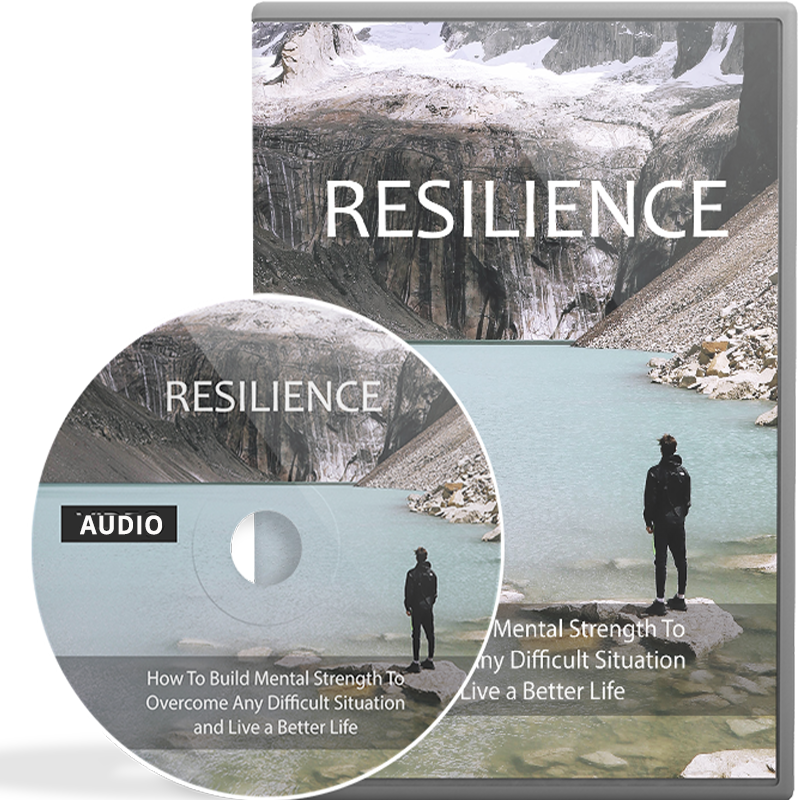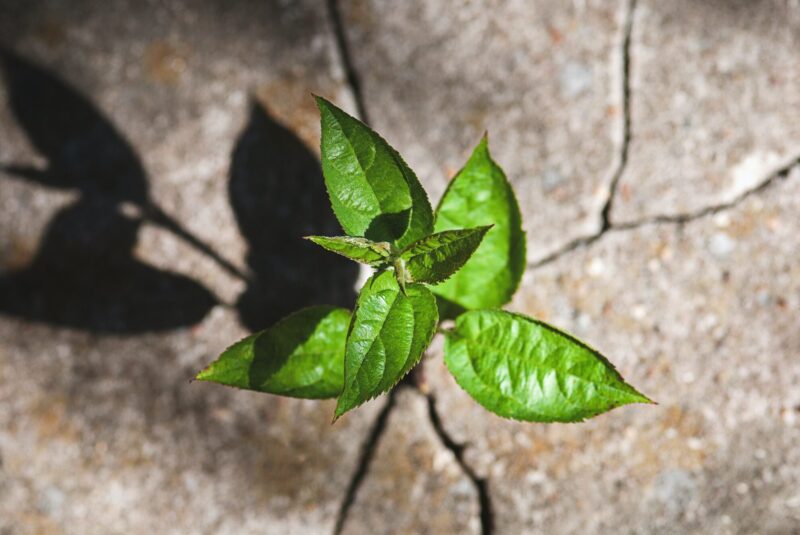Opening your heart and taking chances to embrace risks can be two of the most satisfying life decisions you will ever make, despite what can seem paradoxical. In my early twenties, I experienced the startling realization that letting down my guard and being open to others was a route to emotional freedom rather than a sign of weakness or madness.
This realization made it possible for me to handle my first significant breakup in a way that preserved a lasting friendship and strengthened a commitment to being authentic. This meant being open and honest about my emotions and not hiding them for fear of criticism.
As a result, I gained control of the situation, and other people’s viewpoints were relegated to a supporting role. After all, we experience life from within ourselves.
I’m not the only one who can produce results this strong. Everyone can gain by being vulnerable and taking chances. The importance of this is especially significant while we are young. Taking risks is crucial for developing new skills and fostering adaptability, attention, cognitive control, and decision-making, according to an article for the UCLA Center for the Developing Adolescent (“The Science Behind Adolescent Risk-Taking and Exploration | Center for the Developing Adolescent”).
Let’s look at some strategies for encouraging healthy risk-taking across the lifespan, especially in the area of the heart, in light of these advantages.
Make friends with “No.”

The author Annie Lamott asserts that “No is a whole phrase.” I agree. Saying “no” isn’t always simple, especially for women. Many of us have a people-pleaser/conflict-avoider inside of us who wants to concur. Saying “yes” when we mean “no” might drive us to shut down rather than open our hearts—or anything else, for that matter—and this tendency can have serious consequences.
According to a Psych Central article on the subject of saying “no,” neglecting to do so might result in burnout, relational issues, and resentment. On the other hand, mastering this ability enables you to respect better your own needs, which in turn promotes the development of more robust, more genuine relationships (“The Guilt-Free Guide to Saying No”).
This is not to say that you never say “yes,” just that you do it on your terms and with sincerity. The lesson is that by saying “no,” you may direct your energy toward what you really desire rather than diverting it in many other directions. This method to embrace risks and control of your valuable time will empower you and encourage an open heart.
Embrace Risks by Accepting The Unknown

Making room in your life for the novel, the unexpected, and the uncertain is a component of taking risks to broaden your heart. Many people will naturally become more selective in what they let into their lives and thus more limited in what they may experience if they don’t cultivate this space.
We must embrace the unknown, maybe most significantly the ultimate unknown, to avoid this funneling process and instead foster expansion. In a piece for Scientific American, Scott Barry Kaufman, Ph.D., outlines the many advantages of becoming aware of one’s mortality.
These advantages include calming the ego, mindfulness, being receptive to new things, developing compassion, lowering insecurity, and giving life more meaning (French and Kaufman).
These advantages also have the effect of making you more open-hearted because they promote an inclusive worldview. You want to make the most of the experience and not take anything for granted when considering how short your time is on earth.
It also makes all other hazards seem insignificant in contrast. Compared to death, what’s the big deal about a bit of rejection or a failed endeavor? Although it may sound depressing, facing life’s realities squarely can be freeing.
Rejection by De-fang
Jia Jang emphasizes his great confidence by pursuing his goals and learning to tolerate and love rejection in his TED talk, “100 Days of Rejection.” We must practice saying “no,” but we must also overcome our fear of hearing “no” from others.
Rejection shouldn’t be seen as a sign of failure but rather as a sign of your commitment to go after your dreams and your acceptance that not everything will go your way. We can’t accomplish everything in life, so sometimes, it helps to clarify things when our alternatives are limited. You’ll discover that opening one door often results in other doors opening. Furthermore, you will refine what you genuinely want by weighing various possibilities and having some of them fail.
You can overcome your fear of rejection when you realize that it’s a normal part of life and not a sign of your inferiority. This will encourage taking more chances and widen your heart to various fresh experiences. Which is basically how you learn, develop, and have a fulfilling life.
Act Like An Improv Player
Playing off other players by adding “Yes, and…” to whatever they have just said is a typical improv acting technique. This permits you to go off in a personal route while incorporating the other person’s perspective.
In addition, it keeps things lighthearted and entertaining while continuing the dialogue. A practice that opens the heart to embrace risks is adopting this principle broadly since it promotes lightness and acceptance over exclusion.
The unwillingness to accept alternate realities because of your inflexible and concretized worldview is a key source of conflict in life, resulting in a narrowing viewpoint. Being accepting of differences and keeping an open mind encourages the opposite.
Say “Yes, and” the next time someone says something that makes you uncomfortable or challenges a core value to discover how much fun it is to work together and respect diverse viewpoints. Simply expressing a willingness to work together often causes hearts to burst open, resulting in more prosperous, vibrant partnerships.
References:
- The Center for the Developing Adolescent, “The Science Behind Adolescent Risk-Taking and Exploration.” Science of Risk-Taking, Center for the Developing Adolescent, developingadolescent.semel.ucla.edu.
- “The Guilt-Free Guide to Saying No” is number two. I am learning to Say No, Psych Central, 13 June 2021, https://psychcentral.com/lib/recap.
- The writers Scott Barry Kaufman and Andrew French. the Scientific American Blog Network’s entry for “Embracing the Ultimate Unknown.” Scientific American Blogs, “Embracing the Ultimate Unknown,” 27 April 2020; available at: https://blogs.scientificamerican.com/beautiful-minds/.











